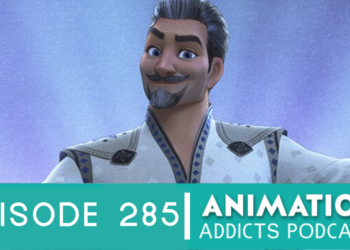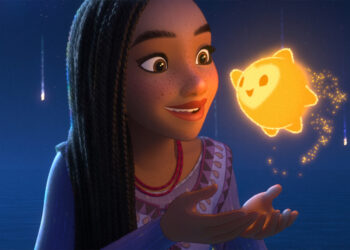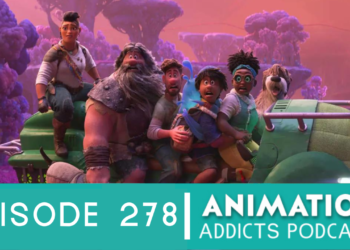Opening with a #DreamBigPrincess homage video, featuring everyday princesses from around the globe, the Power of the Princess panel already tugged at the audience’s nostalgia-coated heartstrings.
Hosted by animators Kira Lehtomaki (co-head of animation, Wreck-It Ralph 2) and Amy Smeed (co-head of animation, Moana), the panel starred four of Disney’s most beloved princesses:
Auli’i Cravalho, the 16-year-old voice of Moana, was introduced with heavy applause and waved excitedly to the audience.
Anika Noni Rose, the voice of Princess Tiana, came out to thunderous cheers.
Paige O’Hara, voice of Princess Belle, brought several members of the audience to their feet with applause and cheers.
Jodi Benson, voice of Princess Ariel, was greeted with a near-standing ovation and several shouts of “I love you, Jodi!” to all of which she returned her affection.
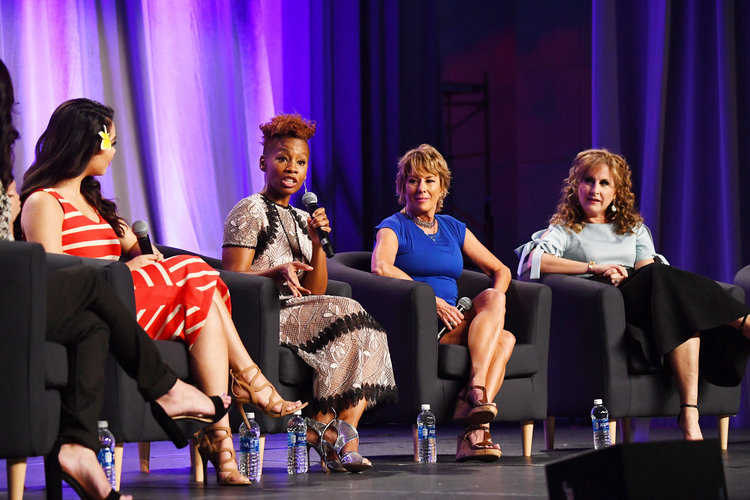
Opening with casting stories, Lehtomaki and Smeed first had a surprise for Cravalho – her audition casting video for Moana. At 14, Cravalho charmed Ron Clements and John Musker, and the reaction to her casting was adorable and heartwarming to watch.
“You don’t have to have a love interest to figure out who you are.”
For Cravalho, Moana was her companion through her teenage years, growing up and going on a journey together.
Anika Noni Rose’s journey to Disney had a lengthier path. First, she was invited simply for open discussion, a meeting with Disney to see the possibilities; Rose was ecstatic: “I would love to come in for Disney because I’ve got voices.”
Rose specifically remembers offering her voice for a flea or tick, having developed a particularly humorous biting noise. It would be another couple of years before Princess Tiana, or Maddie as she was originally named, became part of her life.
“They wanted to go a different way, make her sound older and more mature.”
Paige O’Hara remembers Jodi Benson being the front-runner to voice Princess Belle. But then the film took a different tone, one that required more maturity than little Ariel portrayed.
“I didn’t tell anyone what I was doing for two years.”
Benson, after starring in Howard Ashman’s Smile, was given the opportunity to record a demo for Disney, as a blind audition for Ariel’s voice. But, at first, there wasn’t a magical excitement. Benson remembers the stigma against ‘cartoons,’ the idea that voice acting was something an actor turned to when their careers were tanking. She didn’t advertise her casting to friends and family, but relates her experience as a gift from God.
Ron & John
Ron and John, the director team that headed the films of three of the panel’s princesses, were considered almost a single unitary force. Cravalho considered them two bodies sharing one mind, a mind that often quibbled but got to the perfect decision in the end. Rose thought of the team as “each other’s yin and yang,” also calling them masters of surprise. Rose remembers the poignant moment when Ron and John surprised her with a first look at Tiana, fully animated and in color – causing her to cry while backstage in Paris.
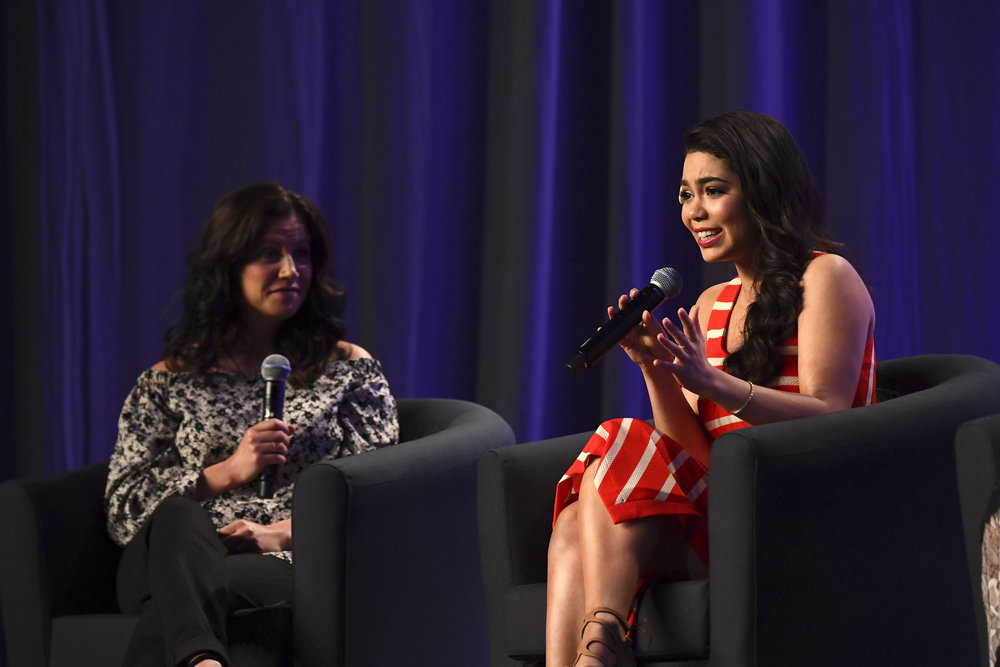
Cravalho’s first look at Moana was more technological, watching the ‘water test,’ a scene we now know as the one in which baby Moana meets the ocean. Seeing Moana in her teenage years, Cravalho felt how inspirational the story would be, not just for future generations but her own generation as well.
“To see her rocking her natural tan and her beautiful curls, and hitting demigods over the head with paddles…”
Mark Henn, supervising animator for Moana, Tiana, and Ariel, made a surprise appearance at the panel from the audience. He brought three clips, featuring the princesses’ character designs at different stages of animation. The first, from the Little Mermaid, featured sketch animation of Ariel’s design. The second was rough animation of a scene near the end of Beauty and the Beast. The third animation from Princess and the Frog was two clips: one was Henn’s first animation for Tiana, and in her frog form; and a test animation using Rose’s voice for the first time.
The Music
More behind the scenes footage came to give the audience a glimpse of the princesses in the recording studio. Benson worked closely with Howard Ashman, who often stood right beside her in the studio as she sang. O’Hara, who also worked with Ashman, remembered that he was ill and eventually in the hospital while the film was made; he wouldn’t live to see the film. But O’Hara remembers an amusing piece of advice he gave her over the phone: “Tell her we want Streisand.” She knew exactly what to do.
Cravalho, after watching her footage, shared her immense appreciation for Lin-Manuel Miranda: “He’s incredible. His mind works at a thousand miles per minute.”
Rose discussed working with Randy Newman as a unique experience: “He loves music, and he talks music, but he doesn’t really talk people.” Rose connected deeply with Newman’s music as it showed such a relatable side of Tiana’s character. The song “Almost There,” in particular, brought Rose’s personal journey together with her princess’ and epitomized a strong lesson for younger princesses and princes.
“Find the joy in the journey, find the joy in the steps you have taken … There is a joy to knowing you are gonna do it.”
Of course, the surprise of the other day’s animation panel was replayed for this audience. Wreck-It Ralph 2: Ralph Wrecks the Internet will feature all of the princesses brought together, animated in CG, with original voices returning to reprise their roles. This was a surprise not only to fans but also to the actresses themselves.
“I laughed and I thought they were kidding.”
O’Hara and Benson both agreed they were surprised, never expecting Disney to allow the princesses to interact. Returning to the characters, they worked with the film crew to make sure the mockful humor was still respectful through the sequence. Rich Moore, director, worked with Benson especially to “maintain the integrity of Ariel, and of all the Disney Princesses.” The sequence itself does poke fun at the Disney Princess franchise, walking a thin line between parody and insult through the humor.
Princess Power
Consistently impassioned, Rose had much to say about Princess Tiana’s power, including how she finally showed “little brown children” that they are regal, that they can be princesses or princes. Tiana also promotes a sense of autonomy, the idea that you can work for your dreams on your own abilities and on your own terms. For Rose, Tiana opens up the field of imagination for children who hadn’t yet seen princesses that looked like them and that could be included in a pantheon with other diverse characters.
“It is not until adults reach in and ruin [imagination] that [children] put up boundaries.”
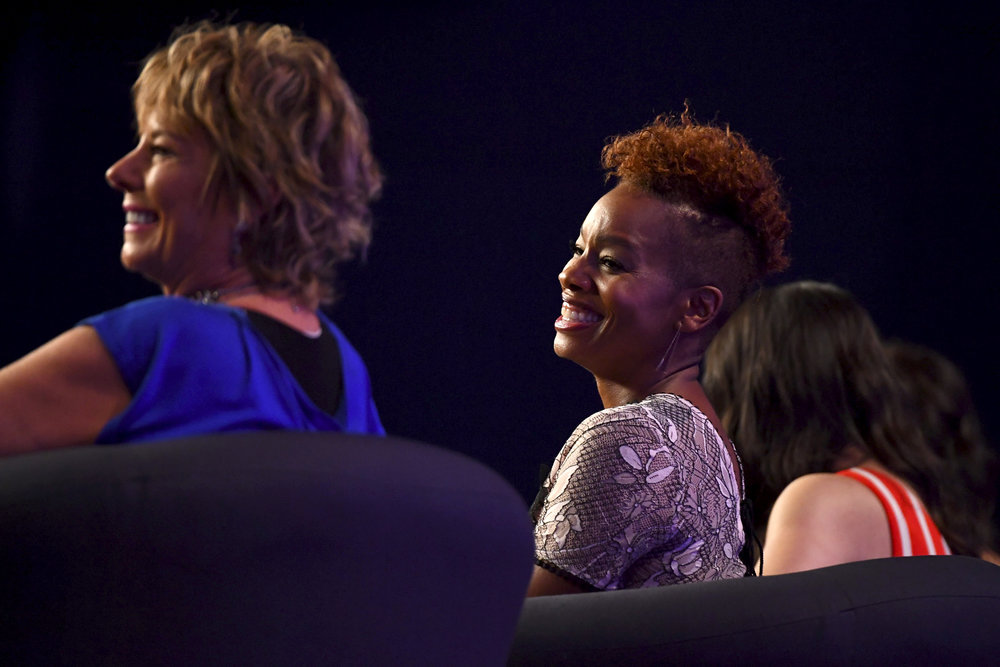
“To know I’m making a difference at such a young age, you really can’t ask for more than that.”
Cravalho finds a similar kind of importance in her princess, who stands as the first Polynesian princess. The Hawaiian culture’s storytelling is passed down from generation to generation, a classic oral tradition, and Cravalho feels honored to have carried that tradition into a new medium, connecting past, present, and future generations to Hawaiian tradition.
In addition to Belle’s strength and intelligence, O’Hara has come to appreciate Belle’s nobility, giving up her life for her father’s with practically no hesitation. Belle had a determination that O’Hara always admired.
“She’s not looking for a man to complete her, she’s looking for adventure and fulfillment with life.”
Benson, having grown up in a small town, always related to Ariel’s feeling of being stifled, of needing to “go outside of the box.” Ariel’s power lies in her hunger for exploration, an eagerness to get out of her own small world.
The Impact
“[Some] think ‘it’s just an animated film’; these characters make an impact on people’s hearts and lives.”
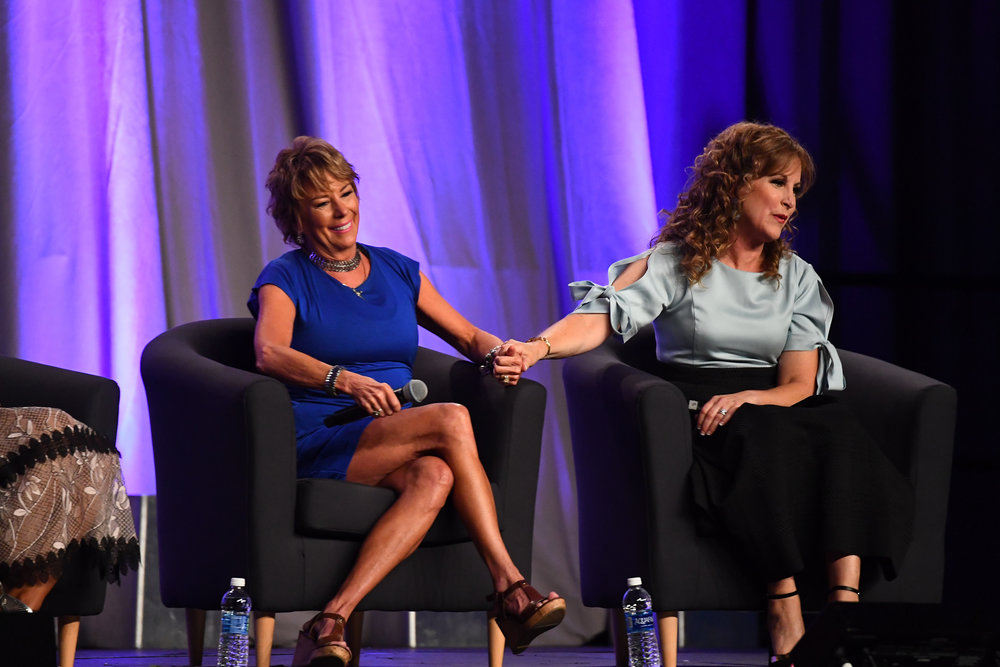
O’Hara and Benson related the story of Jamie, a Disney Princess fan who survived through a serious accident by singing “Part of That World” over and over and over again. Fans like these are what convinced Benson and O’Hara over the years that their work was not just for a movie, or a ‘cartoon,’ but for people to take in and experience on an internal level.
“It does go beyond what you see on the screen.”
Favorite Song or Line as a Princess
Benson sang “Part of Your World (Reprise)” for the audience, bringing most to tears if they weren’t there already.
O’Hara’s favorite line as Belle was “Oh, Gaston, you’re positively primeval.” She treated the audience to part of “Belle/Bonjour,” with the audience filling in secondary character voices.
Rose sang the full “Down in New Orleans (Finale),” to thunderous applause and cheers, with several audience members on their feet.
Cravalho, overwhelmed with the talent sung before her, first posed her favorite line as the full greeting to Maui. She chose to sing part of “How Far I’ll Go” to loud and excited applause.


